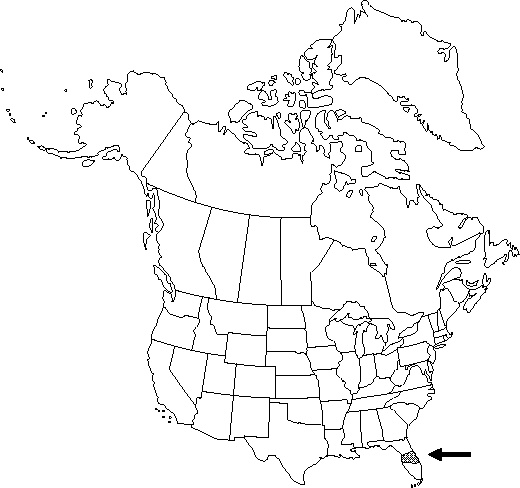Difference between revisions of "Nymphaea capensis"
Prodr. Pl. Cap. 2: 92. 1800.
FNA>Volume Importer |
FNA>Volume Importer |
(No difference)
| |
Revision as of 19:51, 24 September 2019
Rhizomes unbranched, erect, ovoid; stolons absent. Leaves: petiole glabrous. Leaf blade abaxially suffused with maroon, adaxially green, ovate to orbiculate, to 35(-40) × 30 cm, margins sinuate to almost dentate; venation radiate and somewhat impressed centrally, without weblike pattern, principal veins mostly 20-25; surfaces glabrous. Flowers emersed, ca. 7-8 cm diam., opening and closing diurnally, only sepals and outermost petals in distinct whorls of 4; sepals green, shaded abaxially with reddish brown, margins purplish, evidently veined, lines of insertion on receptacle not prominent; petals 12-24, blue, lavender, or purple; stamens 100-200, colored as petals toward apex, outer with connective appendage projecting to 4-5 mm or more beyond anther; filaments widest above middle, shorter than anthers; pistil 15-31-locular, appendages at margin of stigmatic disk tapered, to 3 mm. Seeds ellipsoid, ca. 1.5 × 1 mm, ca. 1.4-1.8 times as long as broad, with longitudinal rows of hairlike papillae.
Phenology: Flowering mid spring–summer.
Habitat: Sandy-bottomed ditches
Elevation: 0-100 m
Distribution

Fla., e Africa.
Discussion
The Florida introductions probably represent Nymphaea capensis var. zanzibariensis (Caspary) Conard, which B. Verdcourt (1989), in combining African and Asian plants into a single species with several varieties, has recently treated as N. nouchali N. L. Burman var. zanzibariensis (Caspary) Verdcourt. His interpretation of the type of N. capensis, differing from that of previous workers, should be further studied. The traditional view is retained here.
Selected References
None.